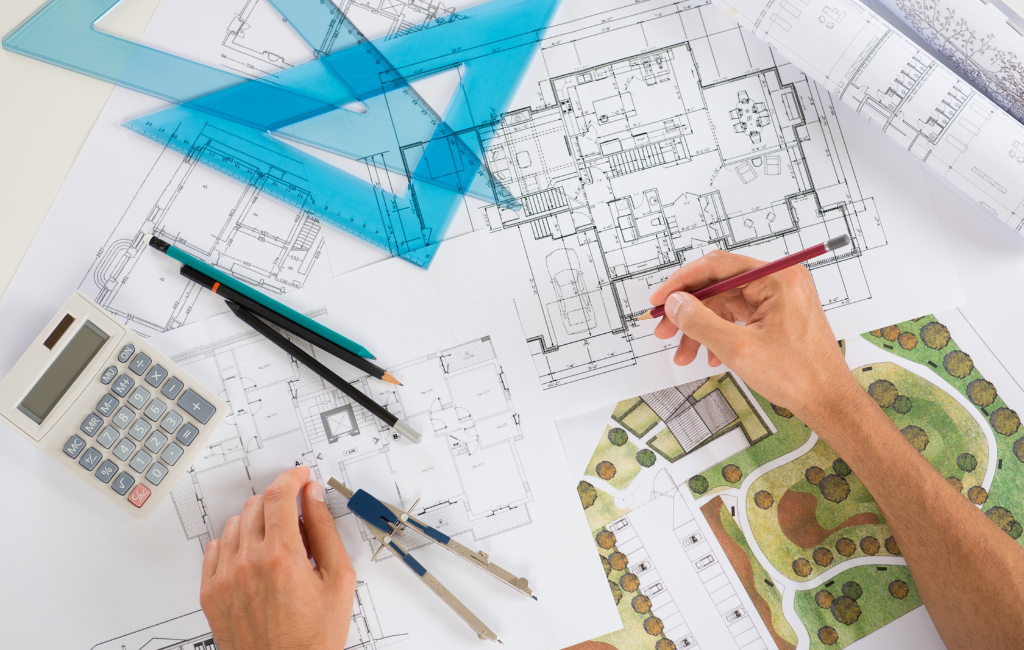Architect:: Sustainable Designs

Architect: Crafting Innovative and Sustainable Designs
Architecture stands at the intersection of art and science, shaping the spaces where we live, work, and play. The role of an architect extends beyond mere construction; it involves creating environments that are both functional and aesthetically pleasing. In recent years, the focus has shifted towards innovative and sustainable designs, driven by the need to address environmental concerns and enhance the quality of life.
The Evolution of Architectural Design
Architectural design has evolved significantly over the centuries. From the grandeur of ancient structures to the sleek lines of modern skyscrapers, each era has left its mark. Today, architects are increasingly embracing sustainable practices, integrating technology, and pushing the boundaries of creativity.
Historical Milestones
- Ancient Architecture: The pyramids of Egypt and the Parthenon in Greece are testaments to the ingenuity of early architects.
- Gothic Architecture: Characterized by pointed arches and ribbed vaults, Gothic cathedrals like Notre-Dame de Paris showcase the evolution of structural engineering.
- Modernism: The 20th century brought a shift towards minimalism and functionality, with architects like Le Corbusier and Frank Lloyd Wright leading the way.
Innovative Design Techniques
Innovation in architecture is driven by the desire to create unique and functional spaces. Modern architects employ a variety of techniques to achieve this goal.
Parametric Design
Parametric design involves using algorithms to generate complex forms and structures. This approach allows for greater flexibility and precision, enabling architects to create intricate designs that would be difficult to achieve manually.
Biophilic Design
Biophilic design focuses on incorporating natural elements into built environments. This approach has been shown to improve mental well-being and productivity, making it a popular choice for office spaces and residential buildings.
Adaptive Reuse
Adaptive reuse involves repurposing existing structures for new uses. This technique not only preserves historical buildings but also reduces the environmental impact of new construction.
Sustainable Architecture
Sustainability has become a key consideration in architectural design. Architects are increasingly adopting practices that minimize environmental impact and promote energy efficiency.
Green Building Materials
The use of sustainable materials is a cornerstone of green architecture. Examples include bamboo, recycled steel, and low-emission concrete. These materials reduce the carbon footprint of construction and contribute to healthier indoor environments.
Energy-Efficient Design
Energy efficiency is a critical aspect of sustainable architecture. Techniques such as passive solar design, high-performance insulation, and energy-efficient windows help reduce energy consumption and lower utility bills.
Water Conservation
Water conservation is another important element of sustainable design. Architects incorporate features like rainwater harvesting systems, low-flow fixtures, and drought-resistant landscaping to reduce water usage.
Case Studies in Innovative and Sustainable Architecture
Several projects around the world exemplify the principles of innovative and sustainable design. These case studies highlight the potential of architecture to address environmental challenges and improve quality of life.
The Edge, Amsterdam
The Edge is often cited as one of the most sustainable office buildings in the world. Located in Amsterdam, this building features a range of energy-efficient technologies, including solar panels, a rainwater harvesting system, and a smart lighting system that adjusts based on occupancy and natural light levels.
One Central Park, Sydney
One Central Park in Sydney is a striking example of biophilic design. The building features vertical gardens that cover its façade, providing natural insulation and improving air quality. The development also includes a central park and a water recycling system.
Bosco Verticale, Milan
Bosco Verticale, or “Vertical Forest,” in Milan is a pair of residential towers covered in trees and shrubs. This innovative design not only enhances the aesthetic appeal of the buildings but also provides numerous environmental benefits, including improved air quality and reduced urban heat island effect.
The Future of Architecture
The future of architecture lies in the continued integration of technology and sustainability. Emerging trends such as smart buildings, 3D printing, and modular construction are set to revolutionize the field.
Smart Buildings
Smart buildings use advanced technologies to optimize energy use, enhance security, and improve occupant comfort. Features such as automated lighting, climate control systems, and IoT devices are becoming increasingly common in modern architecture.
3D Printing
3D printing has the potential to transform the construction industry by enabling the rapid and cost-effective production of building components. This technology allows for greater customization and reduces waste, making it a promising tool for sustainable architecture.
Modular Construction
Modular construction involves assembling buildings from pre-fabricated modules. This approach reduces construction time and costs while minimizing environmental impact. Modular buildings can be easily disassembled and relocated, offering flexibility and sustainability.
Conclusion
Architects play a pivotal role in shaping the built environment. By embracing innovative design techniques and sustainable practices, they can create spaces that are not only functional and beautiful but also environmentally responsible. The examples and trends discussed in this article highlight the potential of architecture to address some of the most pressing challenges of our time. As technology continues to advance and environmental awareness grows, the future of architecture looks promising, with endless possibilities for innovation and sustainability.